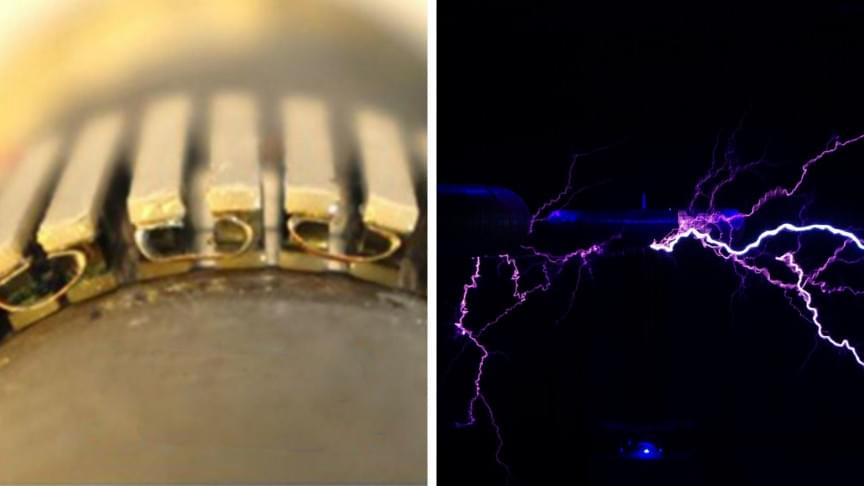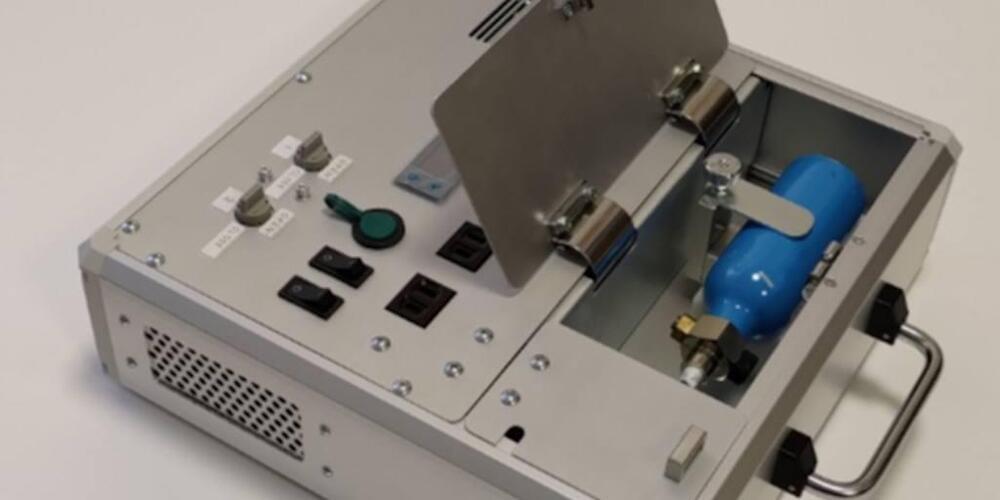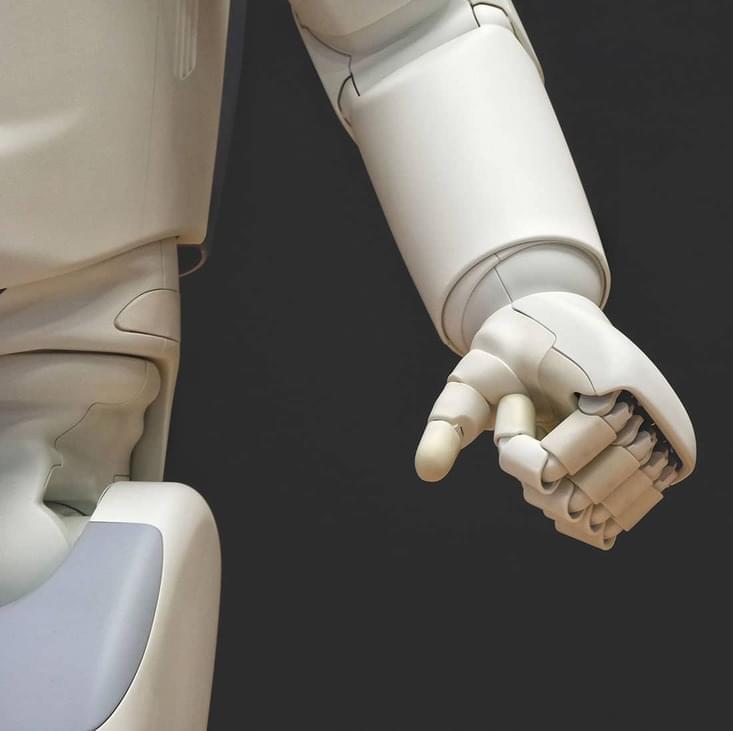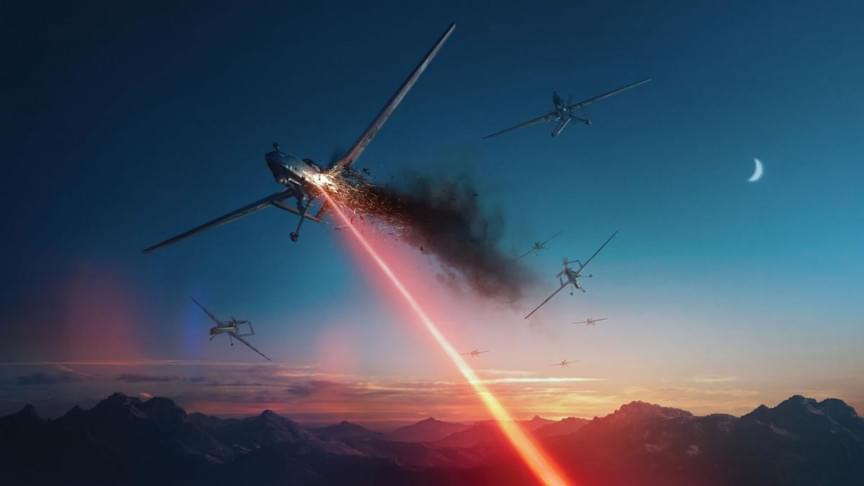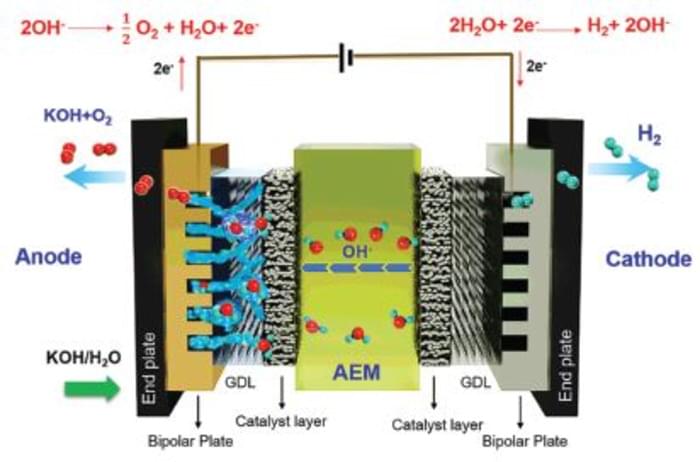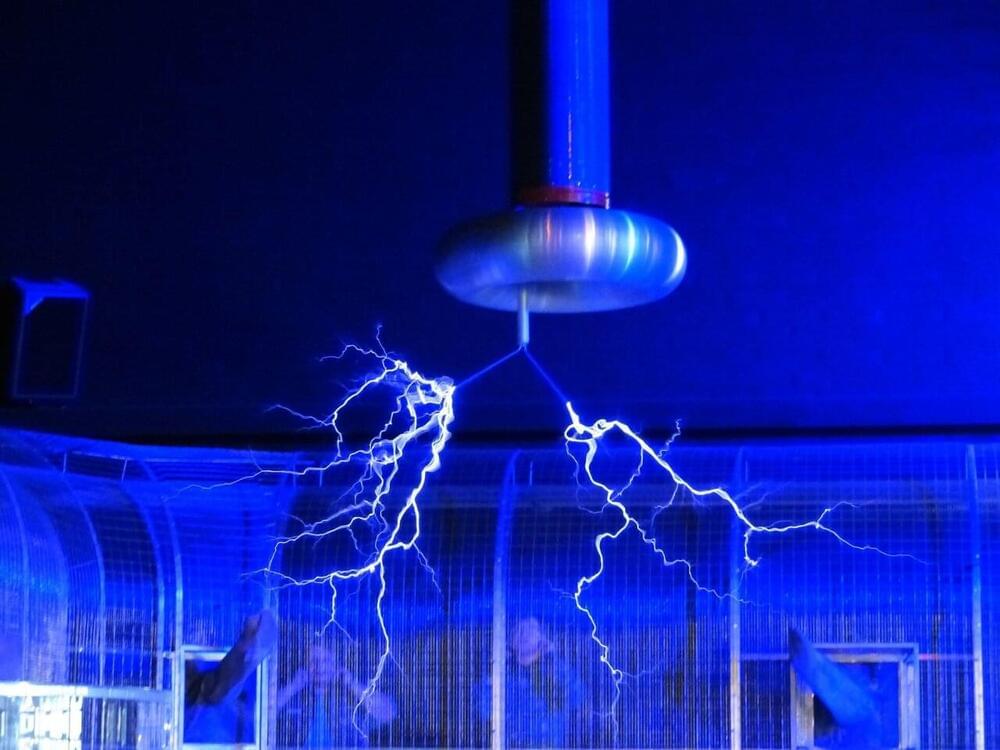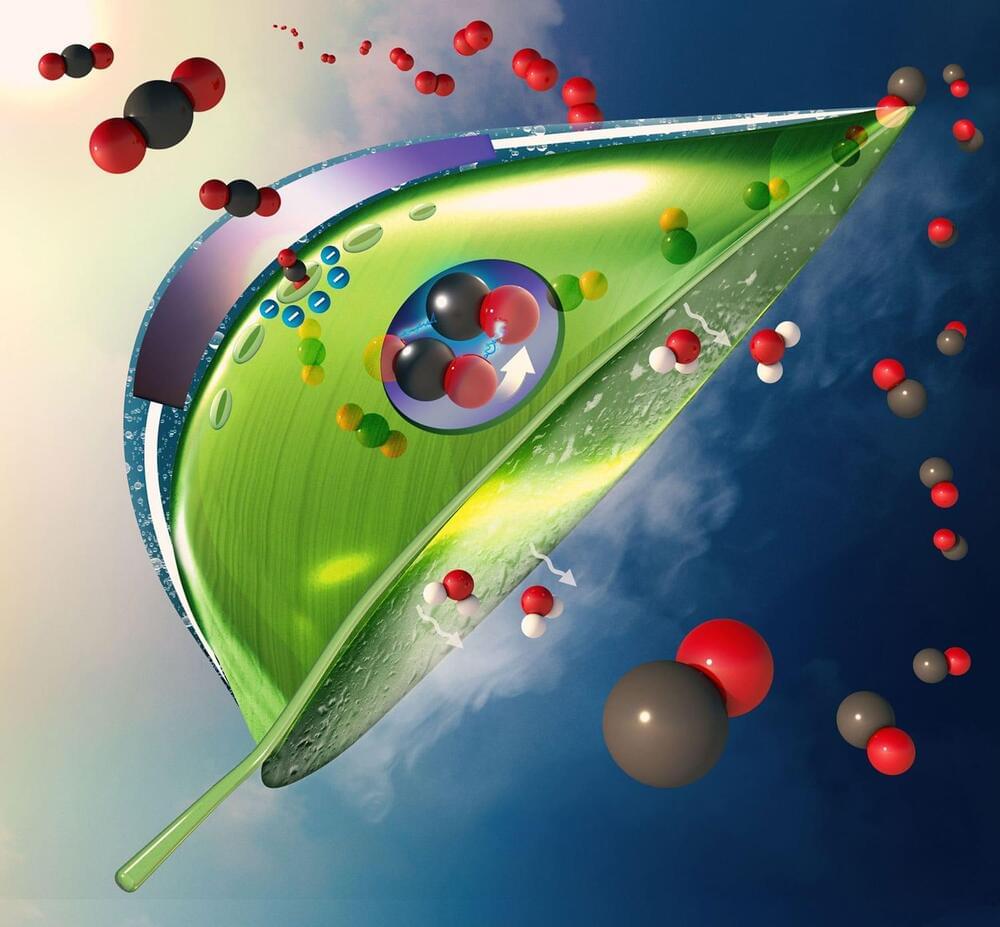Archive for the ‘energy’ category: Page 169
Feb 1, 2022
Portable hydrogen-powered generator goes to market in Japan
Posted by Quinn Sena in category: energy
Startup Scitem sees cartridge-based system paving way for mobility solutions.
KANAZAWA, Japan — Japanese startup Scitem will begin marketing this spring a portable emergency power generation system fueled by replaceable hydrogen cartridges.
Feb 1, 2022
Man Builds Massive 27,000,000mAh ‘Portable’ Power Bank
Posted by Shubham Ghosh Roy in category: energy
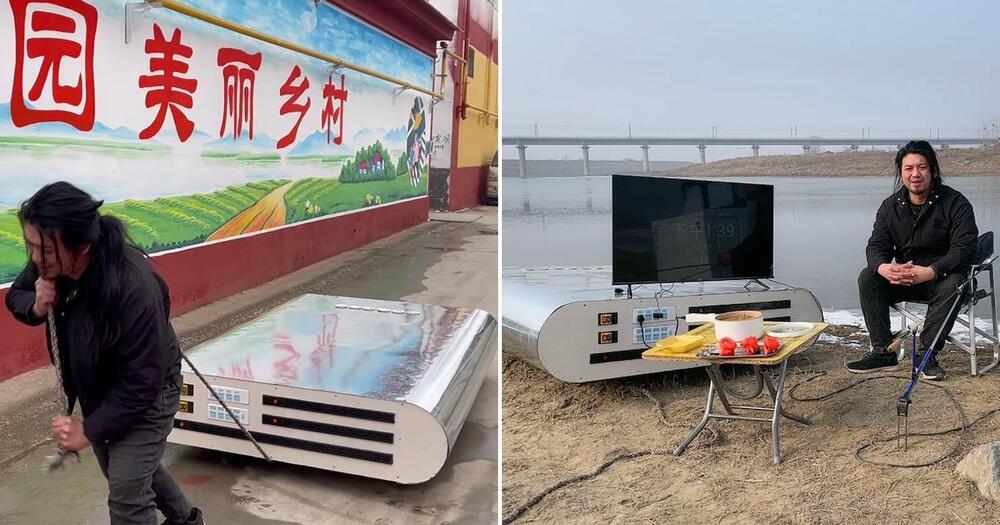
Power all the things.
YouTuber Handy Geng built a massive 27,000,000mAh power bank that is capable of recharging any device and even powering a washing machine.
Feb 1, 2022
Researchers develop artificial muscles made of natural proteins
Posted by Shubham Ghosh Roy in categories: chemistry, cyborgs, energy
The movements are driven by a chemical reaction that consumes molecular energy for this purpose.
Jan 31, 2022
Pew Pew: The US Navy is Really Getting into Directed-Energy Weapons
Posted by Gemechu Taye in category: energy
It plays a significant role in our lives.
From enabling us to walk around and not bump into things to developing highly advanced directed energy weapons, the electromagnetic spectrum is vitally important to many aspects of our modern lives. But, life as we know it would also not be possible if electromagnetic radiation, notably visible light, did not exist.
For most of human history we have only known (but not fully understood) a very small portion of the spectrum — namely visible light and “heat” in the form of infrared light. But, since the scientific enlightenment our knowledge of the spectrum, and applications using it, have literally revolutionized the way we live and perceive the world and the cosmos around us.
Jan 31, 2022
“Game-changing” anode exchange membrane promises cheaper green hydrogen
Posted by Shubham Ghosh Roy in categories: energy, sustainability
Electrolysis is a key component of the cost of green hydrogen, and a Korean team says it’s made a huge breakthrough with an anion exchange membrane that’s not only much cheaper than current proton exchange tech, but offers some 20 percent better performance.
Electrolysis is the process of splitting water into hydrogen and oxygen, and when powered by renewable energy, it’s shaping up to be a key step in the production of green hydrogen. Green hydrogen is set to play a substantial role in the race to zero emissions, offering a high energy density that makes it an attractive option in several hard-to-decarbonize activities where batteries just don’t make sense.
Typically, electrolyzers use proton exchange membranes (PEMs), in which an anode and a cathode in an electrolyte material are separated by a membrane designed to allow positively-charged hydrogen ions to pass through as they’re attracted by the cathode. Here they combine with electrons to form hydrogen gas, which is collected, and oxygen is released at the anode.
Jan 30, 2022
Electromagnetism is a property of spacetime itself, study finds
Posted by Dan Kummer in categories: energy, engineering, mathematics, physics
Imagine if we could use strong electromagnetic fields to manipulate the local properties of spacetime—this could have important ramifications in terms of science and engineering.
Electromagnetism has always been a subtle phenomenon. In the 19th century, scholars thought that electromagnetic waves must propagate in some sort of elusive medium, which was called aether. Later, the aether hypothesis was abandoned, and to this day, the classical theory of electromagnetism does not provide us with a clear answer to the question in which medium electric and magnetic fields propagate in vacuum. On the other hand, the theory of gravitation is rather well understood. General relativity explains that energy and mass tell the spacetime how to curve and spacetime tells masses how to move. Many eminent mathematical physicists have tried to understand electromagnetism directly as a consequence of general relativity. The brilliant mathematician Hermann Weyl had especially interesting theories in this regard. The Serbian inventor Nikola Tesla thought that electromagnetism contains essentially everything in our universe.
Jan 30, 2022
Quantum Computers Could Crack Bitcoin. Here’s What It Would Take
Posted by Dan Breeden in categories: bitcoin, chemistry, cryptocurrencies, cybercrime/malcode, encryption, energy, mathematics, quantum physics, supercomputing
Quantum computers could cause unprecedented disruption in both good and bad ways, from cracking the encryption that secures our data to solving some of chemistry’s most intractable puzzles. New research has given us more clarity about when that might happen.
Modern encryption schemes rely on fiendishly difficult math problems that would take even the largest supercomputers centuries to crack. But the unique capabilities of a quantum computer mean that at sufficient size and power these problems become simple, rendering today’s encryption useless.
That’s a big problem for cybersecurity, and it also poses a major challenge for cryptocurrencies, which use cryptographic keys to secure transactions. If someone could crack the underlying encryption scheme used by Bitcoin, for instance, they would be able to falsify these keys and alter transactions to steal coins or carry out other fraudulent activity.
Jan 29, 2022
In 1999 Mysterious Finger-Like Features Were Spotted on the Sun — Now Scientists Have an Explanation
Posted by Shubham Ghosh Roy in categories: energy, space
In January 1999, scientists observed mysterious motions within a solar flare.
Unlike typical flares that showed bright energy erupting outwards from the Sun, this solar flare also displayed a downward flow of motion, as if material was falling back towards the Sun. Described as “downward-moving dark voids,” astronomers wondered what exactly they were seeing.
Jan 29, 2022
Novel artificial leaf captures 100 times more carbon than other systems
Posted by Shubham Ghosh Roy in categories: chemistry, energy, engineering
A team of engineers at the University of Illinois Chicago has built a cost-effective artificial leaf that can capture carbon dioxide at 100 times better than current technologies.
This novel artificial leaf works in the real world, unlike other carbon capture systems that could only work with carbon dioxide from pressurized tanks. It captures carbon dioxide from more dilutes sources, like air and flue gas produced by coal-fired power plants, and releases it for use as fuel and other materials.
“Our artificial leaf system can be deployed outside the lab, where it has the potential to play a significant role in reducing greenhouse gases in the atmosphere thanks to its high rate of carbon capture, relatively low cost, and moderate energy, even when compared to the best lab-based systems,” said Meenesh Singh, assistant professor of chemical engineering in the UIC College of Engineering and corresponding author on the paper.
